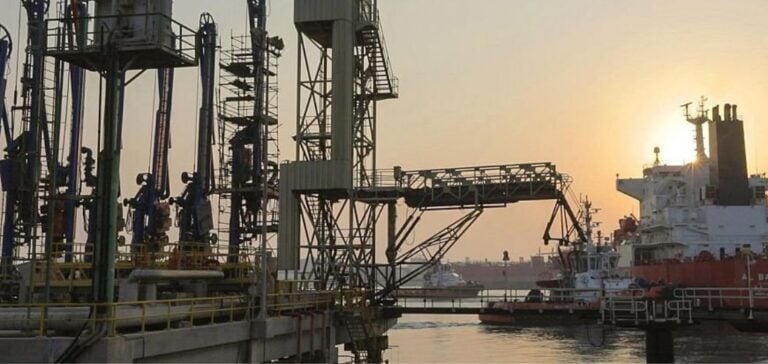Japan, striving for carbon neutrality by 2050, has launched a major initiative to decarbonize 120 GW of its fossil fuel energy capacity. This approach is in line with the country’s objectives of zero net emissions and carbon neutrality. The Organization for the Transregional Coordination of Transmission Operators (OCCTO) has organized a first wave of auctions for the supply of decarbonated energy, allocating 9.766G W of energy capacity.
Auctions for decarbonated energy supplies
In this first long-term auction, OCCTO awarded 4.01 GW of decarbonized energy sources and 5.756GW of gas-fired capacity. The auction is part of a wider effort to stabilize the country’s energy supply as demand for electricity rises due to the construction of new semiconductor plants and data centers. Japan forecasts 0.4% annual growth in electricity demand, from 805.6 TWh in 2024-2025 to 834.5 TWh in 2033-2034, according to a survey of major utilities by OCCTO. This increase in demand requires considerable investment in decarbonized energy sources.
Allocated energy capacity and future prospects
The auction resulted in the award of 825.582 MW of ammonia-hydrogen co-combustion capacity and 1.66 GW of battery and hydro storage, a first for OCCTO. JERA, Hokkaido Electric and Kobelco Power Kobe were among the companies to win these capacities. To meet growing demand, the Ministry of Economy, Trade and Industry (METI) is also discussing the need to secure greater long-term gas capacity and accelerate the decarbonization of the country’s energy sources.
Hydrogen and ammonia subsidy
The Japanese parliament recently passed a law enabling the introduction of a subsidy framework for the differentiated costs of low-carbon hydrogen. This subsidy will cover the additional costs of supplying hydrogen and ammonia compared with the import prices of LNG and coal. METI plans to launch the first grant applications this summer, with awards expected by the end of 2024. This initiative aims to support domestic projects for energy security and industrial competitiveness as part of the Green Transformation (GX). This significant step by Japan towards decarbonizing its energy sector represents a crucial milestone in the fight against climate change. By investing massively in green energy technologies and infrastructure, the country is positioning itself as a world leader in the energy transition.






















